一多開發實例(短信)
本章從系統預置的應用中,選擇短信應用作為典型的案例,從頁面開發和工程結構的角度,介紹"一多"的具體實踐。系統的產品形態在不斷豐富中,當前主要有默認設備和平板兩種產品形態,本章的具體實踐也將圍繞這兩種產品形態展開。
概覽
短信是系統中預置的應用,主要包含信息查看、發送短信、接收短信、短信送達報告、刪除短信等功能。在不同類型設備上,短信應用的功能完全相同,故短信應用適合使用[部署模型A](即:不同類型的設備上安裝運行相同的HAP或HAP組合)。
本案例中,在會話詳情頁面利用[方舟開發框架]提供的“一多”能力,用一套代碼同時適配默認設備和平板。
工程結構
短信應用的工程結構如下圖所示,當前該應用的功能較少,所以直接使用了DevEco Studio創建出的默認工程結構。具體采用何種形式的工程結構,并不影響應用的開發。但是使用推薦的工程結構,目錄結構更清晰,拓展性也更好。
短信應用UI相關的邏輯集中在views和pages兩個目錄,分別存放公共組件及頁面。當前短信應用主要包含如下頁面:
- 信息列表頁面:首頁,展示信息列表。
- 通知信息列表頁面:將通知類信息集中在一起展示,與信息列表頁面類似。
- 會話詳情頁面:展示與某聯系人的所有信息往來。
- 報告詳情頁面:信息發送報告的詳情頁面。
- 設置頁面:消息設置頁面,如是否展示送達報告等。
- 開發前請熟悉鴻蒙開發指導文檔 :[
gitee.com/li-shizhen-skin/harmony-os/blob/master/README.md]
/Mms/
├── doc # 資料
├── entry
│ └── src
│ └── main
│ ├── resources # 資源配置文件存放目錄
│ ├── config.json # 全局配置文件
│ └── ets # ets代碼目錄
│ ├── ServiceAbility # 后臺常駐服務
│ └── default # 業務代碼目錄
│ ├── data # 自定義數據類型
│ ├── model # 對接數據庫
│ ├── pages # 所有頁面
│ │ ├── conversation # 會話詳情頁面
│ │ ├── conversationlist # 信息列表頁面
│ │ ├── index # 初始頁面
│ │ ├── info_msg # 通知信息列表頁面
│ │ ├── query_report # 報告詳情頁面
│ │ └── settings # 設置頁面
│ ├── service # 業務邏輯
│ ├── utils # 工具類
│ ├── views # 自定義組件
│ └── app.ets # 應用生命周期
├── signs # 簽名
└── LICENSE
短信應用在開發階段,采用了一層工程結構。由于功能較為簡單,所以并沒有規劃共用的feature和common目錄,僅采用了一層product目錄。
- 業務形態層(product) 該目錄采用IDE工程默認創建的entry目錄,開發者可根據需要在創建Module時自行更改該目錄名。不同產品形態,編譯出相同的短信HAP。
會話詳情頁面
頁面結構

會話詳情頁面在默認設備和平板上的樣式如上圖所示,會話詳情頁面可以劃分為三個部分:

接下來我們詳細介紹各部分的實現。
說明: 為了方便理解,我們對會話詳情頁面做了一定的精簡,本小節僅介紹會話詳情頁面最基礎的實現。
頂部標題欄

頂部標題欄是一個簡單的行布局,包含返回圖標、聯系人頭像、聯系人姓名和號碼、撥號圖標、設置圖標共5個元素。其中,聯系人姓名和號碼以列布局的形式放在一起。
在默認設備和平板上,頂部標題欄的組件結構是相同的,僅聯系人姓名和號碼與撥號圖標的間距不同。回顧方舟開發框架一多能力介紹,這個場景可以借助Blank組件使用拉伸能力。
我們先實現聯系人姓名和號碼,用Flex組件作為父容器,其包含兩個Text子組件,分別用于存放聯系人姓名和號碼。Flex組件的屬性設置如下:
- direction: FlexDirection.Column:子組件在Flex容器上以列的方式排布,即主軸是垂直方向。
- justifyContent: FlexAlign.Center:子組件在Flex容器主軸(垂直方向)上居中對齊。
- alignItems: ItemAlign.Start:子組件在Flex容器交叉軸(水平方向)上首部對齊。
可以查看[Flex組件]及[Text組件]了解這兩個組件各個屬性的含義及詳細用法。

@Component
struct TopArea {
build() {
Flex({ direction: FlexDirection.Column, justifyContent: FlexAlign.Center,
alignItems: ItemAlign.Start}) {
Text('張三').fontSize(16).fontColor("#182431")
Text('+123 4567 8901').fontSize(14).fontColor("#66182431")
}
}
}
接下來我們通過width屬性和height屬性設置四個圖標的寬高,并將它們與聯系人姓名和電話以及Blank組件一起放到Flex父容器中。為了便于查看效果,對頂部標題欄設置了淡藍色的背景色。

@Component
struct TopArea {
build() {
Flex({ alignItems: ItemAlign.Center }) {
Image($r('app.media.back'))
.width(24)
.height(24)
Image($r('app.media.contact'))
.width(40)
.height(40)
Flex({ direction: FlexDirection.Column, justifyContent: FlexAlign.Center,
alignItems: ItemAlign.Start}) {
Text('張三').fontSize(16).fontColor("#182431")
Text('+123 4567 8901').fontSize(14).fontColor("#66182431")
}
Blank() // 拉伸能力
Image($r("app.media.phone"))
.width(24)
.height(24)
Image($r('app.media.dots'))
.width(24)
.height(24)
}
.width('100%')
.height(56)
.backgroundColor('#87CEFA') // 頂部標題欄背景色,僅用于開發測試
}
}
當前標題欄中子組件的布局同預期還有些差異,接下來通過margin屬性,設置各個元素的左右間距。如下圖所示,最終頂部工具欄在默認設備和平板上都可以達到預期顯示效果。

@Component
struct TopArea {
build() {
Flex({ alignItems: ItemAlign.Center }) {
Image($r('app.media.back'))
.width(24)
.height(24)
.margin({ left:24 }) // 設置間距
Image($r('app.media.contact'))
.width(40)
.height(40)
.margin({ left:16, right:16 }) // 設置間距
Flex({ direction: FlexDirection.Column, justifyContent: FlexAlign.Center,
alignItems: ItemAlign.Start}) {
Text('張三').fontSize(16).fontColor("#182431")
Text('+123 4567 8901').fontSize(14).fontColor("#66182431")
}
Blank()
Image($r("app.media.phone"))
.width(24)
.height(24)
Image($r('app.media.dots'))
.width(24)
.height(24)
.margin({ left:16, right:24 }) // 設置間距
}
.width('100%')
.height(56)
.backgroundColor('#87CEFA') // 頂部標題欄背景色,僅用于開發測試
}
}

底部輸入欄
有了頂部工具欄的開發經驗,可以發現底部輸入欄的結構更為簡單,它同樣以Flex組件作為父容器,同時包含文本輸入框)和消息發送圖標兩個子節點。

為了便于查看的效果,我們同樣給底部輸入欄設置了淡藍色到背景色。注意這里有一個特殊的地方,我們給TextArea設置了flexGrow(1)屬性。flexGrow屬性僅在父組件是Flex組件時生效,表示Flex容器的剩余空間分配給此屬性所在的組件的比例,flexGrow(1)表示父容器的剩余空間全部分配給此組件。

@Component
struct BottomArea {
build() {
Flex({ direction: FlexDirection.Row, alignItems: ItemAlign.Center, justifyContent: FlexAlign.Center }) {
TextArea({ placeholder:'短信' })
.placeholderColor("#99000000")
.caretColor("#007DFF")
.backgroundColor("#F1F3F5")
.borderRadius(20)
.height(40)
.flexGrow(1) // 將父容器的剩余空間全部分配給此組件
Image($r("app.media.send"))
.height(36)
.width(36)
.opacity(0.4)
.margin({ left:12 })
}
.height(72)
.width('100%')
.padding({ left:24, right:24, bottom:8, top:8 })
.backgroundColor('#87CEFA') // 底部輸入欄背景色,僅用于開發測試
}
}
信息列表
觀察信息列表區域,可以發現它是由一個個消息氣泡組成的,另外消息氣泡在默認設備和平板上的布局有差異。本小節將圍繞如下兩個主題介紹如何實現消息列表。
- 如何實現自定義消息氣泡組件。
- 如何在默認設備和平板上自適應布局。

消息氣泡
先做一個最簡單的消息氣泡,通過borderRadius屬性可以設置邊框的圓角半徑。

@Component
struct MessageBubble {
private content: string = "Introduction"
build() {
Column() {
Flex({ alignItems: ItemAlign.Center, justifyContent: FlexAlign.End }) {
Text(this.content)
.fontSize(16)
.lineHeight(21)
.padding({ left: 12, right: 12, top: 8, bottom: 8 })
.backgroundColor("#C0EBDF")
.borderRadius(24)
.fontColor("#182431")
}.width('100%')
}
.margin({left: 24, right: 24 })
.backgroundColor('#87CEFA') // 消息背景色,僅用于開發和測試
}
}
注意這個簡單的消息氣泡,左上角(或右上角)的樣式,與實際期望不符。我們先修改發送消息右上角的樣式,接收消息左上角的實現與之類似。
[Stack組件]是一個堆疊容器,其子組件按照軸方向依次堆疊,后一個子組件覆蓋前一個子組件。通過其alignContent接口,可以設置子組件在容器內的對齊方式,如alignContent: Alignment.TopStart代表子組件從左上角對齊。

@Component
struct MessageBubble {
private content: string = "Introduction"
build() {
Column() {
Flex({ alignItems: ItemAlign.Center, justifyContent: FlexAlign.End }) {
Stack({ alignContent: Alignment.TopEnd }) { // 在左上角堆疊一個小色塊
Column()
.backgroundColor("#C0EBDF")
.borderRadius(4)
.width(24)
.height(24)
Text(this.content)
.fontSize(16)
.lineHeight(21)
.padding({ left: 12, right: 12, top: 8, bottom: 8 })
.backgroundColor("#C0EBDF")
.borderRadius(24)
.fontColor("#182431")
}
}.width('100%')
}
.margin({left: 24, right: 24 })
.backgroundColor('#87CEFA') // 消息背景色,僅用于開發和測試
}
}
接下來我們在消息氣泡下方加上時間顯示,如下圖所示,一個消息氣泡自定義組件就基本完成了。

@Component
struct MessageBubble {
private content: string = "Introduction"
private time: string = "上午 10:35"
build() {
Column() {
Flex({ alignItems: ItemAlign.Center, justifyContent: FlexAlign.End }) {
Stack({ alignContent: Alignment.TopEnd }) {
Column()
.backgroundColor("#C0EBDF")
.borderRadius(4)
.width(24)
.height(24)
Text(this.content)
.fontSize(16)
.lineHeight(21)
.padding({ left: 12, right: 12, top: 8, bottom: 8 })
.backgroundColor("#C0EBDF")
.borderRadius(24)
.fontColor("#182431")
}
}.width('100%')
// 在消息氣泡底部增加時間顯示
Flex({ alignItems: ItemAlign.Center, direction: FlexDirection.Row,
justifyContent: FlexAlign.End}) {
Text(this.time)
.textAlign(TextAlign.Start)
.fontSize(10)
.lineHeight(13)
.fontColor("#99182431")
}.width('100%').margin({ left: 12, right: 24 })
}
.margin({left: 24, right: 24 })
.backgroundColor('#87CEFA') // 消息背景色,僅用于開發和測試
}
}
發送出的消息和接收到的消息的消息氣泡結構基本一致,可以通過增加一個標志位,讓兩種消息共用MessageBubble這個自定義組件,代碼如下所示。將這個標志位設置true,可以查看接收消息的效果。

@Component
struct MessageBubble {
private isReceived:boolean = true// 通過標志位,判斷是發送or接收場景,進而使用不同的樣式
private content:string = "Introduction"
private time:string = "今天 10:35"
build() {
Column() {
Flex({ justifyContent:this.isReceived? FlexAlign.Start: FlexAlign.End,
alignItems: ItemAlign.Center }) {
Stack({ alignContent:this.isReceived? Alignment.TopStart: Alignment.TopEnd }) {
Column()
.backgroundColor(this.isReceived?"#FFFFFF":"#C0EBDF")
.borderRadius(4)
.width(24)
.height(24)
Text(this.content)
.fontSize(16)
.lineHeight(21)
.padding({ left:12, right:12, top:8, bottom:8 })
.backgroundColor(this.isReceived?"#FFFFFF":"#C0EBDF")
.borderRadius(24)
.fontColor("#182431")
}
}.width('100%')
Flex({ alignItems: ItemAlign.Center, direction: FlexDirection.Row,
justifyContent:this.isReceived? FlexAlign.Start: FlexAlign.End }) {
Text(this.time)
.textAlign(TextAlign.Start)
.fontSize(10)
.lineHeight(13)
.fontColor("#99182431")
}.width('100%')
.margin({ left:this.isReceived?12:0, right:this.isReceived?0:12 })
}
.margin({left:24, right:24 })
.backgroundColor('#87CEFA') // 消息背景色,僅用于開發和測試
}
}
柵格布局
回顧方舟開發框架一多能力,消息氣泡在默認設備和平板上布局不同,可以借助柵格布局來解決。為了方便測試,我們預定義一個全局數組。
interface globalMessageItem {
time:string,
content:string,
isReceived:boolean
}
const globalMessageList:globalMessageItem[] = [
{
time:'上午 10:20',
content:'項目介紹',
isReceived:false
},
{
time:'上午 10:28',
content:'"一次開發,多端部署"支撐開發者快速高效的開發支持多種終端設備形態的應用,實現對不同設備兼容的同時,提供跨設備的流轉、遷移和協同的分布式體驗',
isReceived:false
},
{
time:'上午 10:32',
content:'系統能力',
isReceived:true
},
{
time:'上午 10:35',
content:'系統能力(即SystemCapability,縮寫為SysCap)指操作系統中每一個相對獨立的特性,如藍牙,WIFI,NFC,攝像頭等,都是系統能力之一。每個系統能力對應多個API,隨著目標設備是否支持該系統能力共同存在或消失。',
isReceived:true
}
]
結合[柵格組件]的定義,考慮我們當前的實際場景,GridRow的各參數設置如下。
- columns:柵格組件中的列數,當前場景默認12列即可。
- gutter:柵格布局列間距,當前場景未使用該參數,默認設置為0即可。
- margin: 柵格布局兩側間距,在開發消息氣泡組件時,已經設置了左右間距,故該屬性也默認配置為0。
柵格中僅包含我們自定義的消息氣泡組件,該組件在各斷點上的參數配置如下。
| 斷點 | 窗口寬度(vp) | 柵格總列數 | 消息氣泡占用的列數 | 接收場景偏移的列數 | 發送場景偏移的列數 |
|---|---|---|---|---|---|
| sm | [320, 600) | 12 | 12 | 0 | 0 |
| md | [600, 840) | 12 | 8 | 0 | 4 |
| lg | [840, +∞) | 12 | 8 | 0 | 4 |

@Component
export default struct MessageItem {
private isReceived?: boolean
private content?: string
private time?: string
build() {
GridRow() {
GridCol({span: {sm: 12, md: 8, lg: 8},
offset: {sm: 0, md: this.isReceived? 0 : 4, lg: this.isReceived? 0 : 4}}) {
Flex({ justifyContent: FlexAlign.End, alignItems: ItemAlign.End }) {
MessageBubble({
isReceived: this.isReceived,
content: this.content,
time: this.time
})
}
}
}
}
}
@Entry
@Component
struct Conversation {
build() {
Column() { // 驗證效果
MessageItem({
isReceived: globalMessageList[1].isReceived,
content: globalMessageList[1].content,
time: globalMessageList[1].time
})
MessageItem({
isReceived: globalMessageList[3].isReceived,
content: globalMessageList[3].content,
time: globalMessageList[3].time
})
}.backgroundColor('#87CEFA') // 消息背景色,僅用于開發和測試
}
}
組合成型
現在會話詳情頁面的頂部標題欄、信息列表及底部輸入欄都已經準備完畢,將這三部分組合起來即可得到完整的頁面。
- 通過[Flex組件]將三個部分組合起來,注意justifyContent: FlexAlign.SpaceBetween配置項是將Flex組件中的元素按照主軸方向均勻分配,其中第一個元素與頂部對齊,最后一個元素與底部對齊。
- 通過[List組件]和[ForEach語法],顯示整個消息列表。

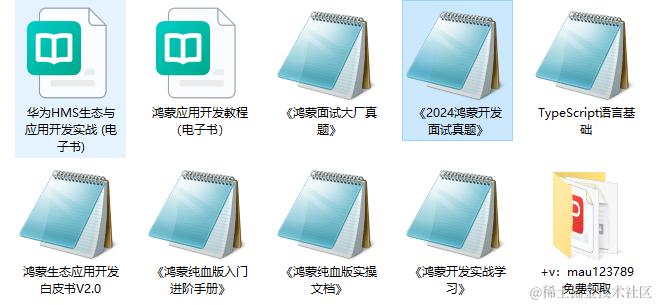
`HarmonyOS與OpenHarmony鴻蒙文檔籽料:mau123789是v直接拿`
@Entry
@Component
struct Conversation {
build() {
Flex({ direction: FlexDirection.Column, alignItems: ItemAlign.Start,
justifyContent: FlexAlign.SpaceBetween }) {
Column() {
TopArea() // 頂部標題欄
List() { // 消息列表
ForEach(globalMessageList, (item:globalMessageItem, index) = > {
ListItem() {
MessageItem({
isReceived: item.isReceived,
content: item.content,
time: item.time
})
}})
}
.listDirection(Axis.Vertical)
.edgeEffect(EdgeEffect.Spring)
}
BottomArea() // 底部輸入欄
}
.backgroundColor("#F1F3F5")
.width('100%')
.height('100%')
}
}
短信應用在默認設備和平板上的功能完全相同,因此選擇了部署模型A。借助方舟開發框架一多能力,短信應用實現了在默認設備和平板上共用同一份代碼,同時自然也共用安裝包。
在實際開發過程中,會話詳情頁面需要從底層做數據交互,同時還要支持信息選擇、信息刪除、信息發送狀態、輸入框與輸入法聯動等等功能,會比本小節中介紹的基礎版本復雜很多。
審核編輯 黃宇
-
鴻蒙
+關注
關注
57文章
2392瀏覽量
43050 -
鴻蒙OS
+關注
關注
0文章
190瀏覽量
4537
發布評論請先 登錄
相關推薦
鴻蒙OS開發:【一次開發,多端部署】(典型布局場景)
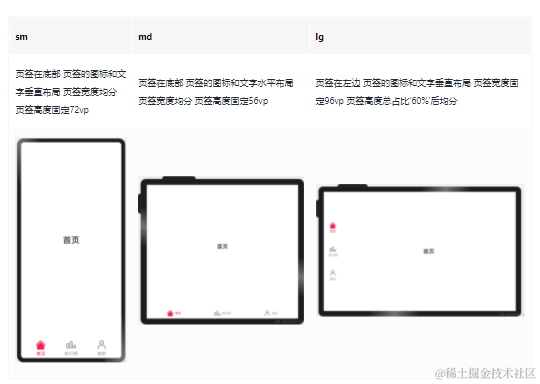
鴻蒙OS開發:典型頁面場景【一次開發,多端部署】實戰(音樂專輯頁2)





 鴻蒙OS開發:典型頁面場景【一次開發,多端部署】(短信)案例介紹
鴻蒙OS開發:典型頁面場景【一次開發,多端部署】(短信)案例介紹
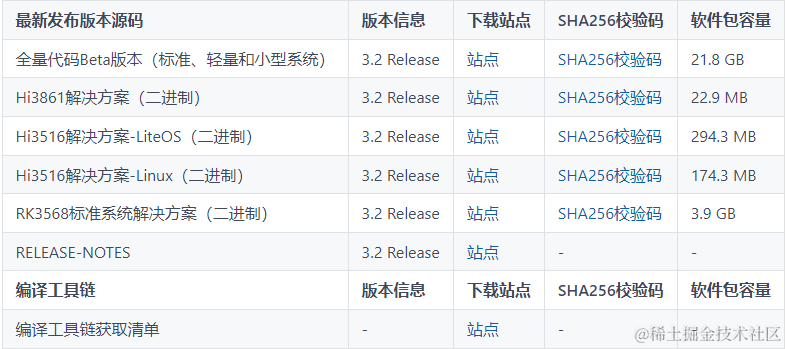
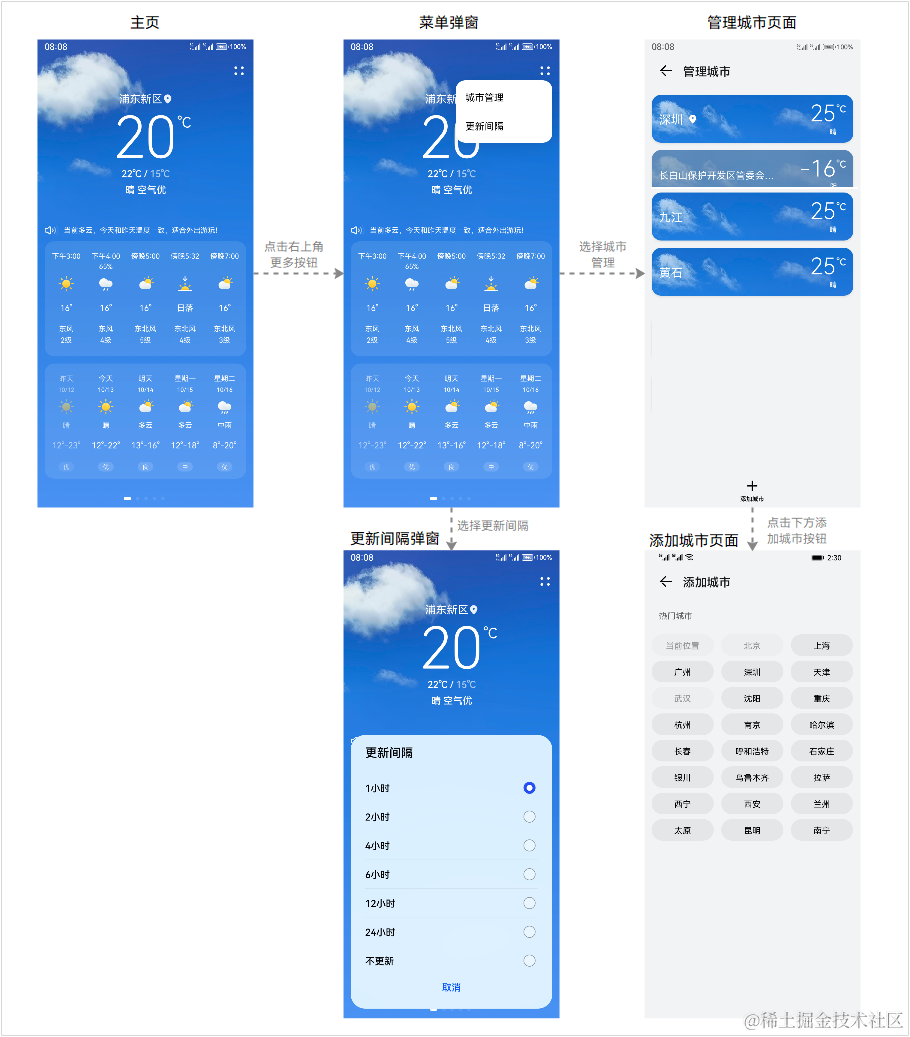
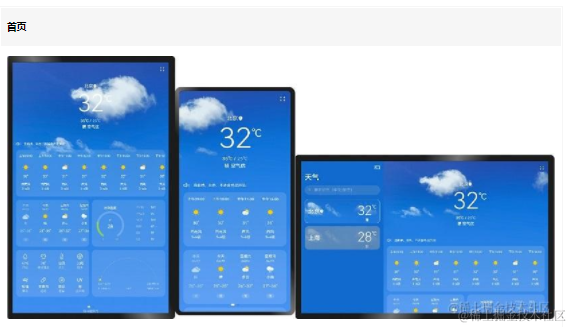
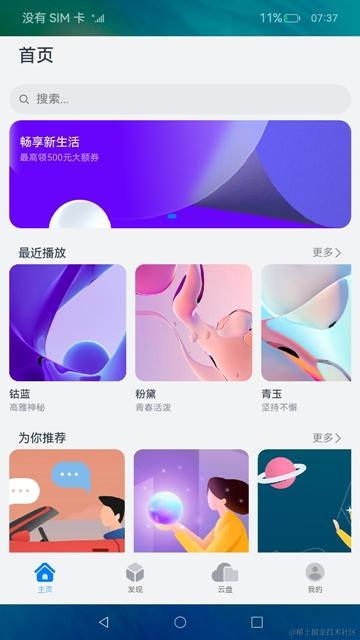
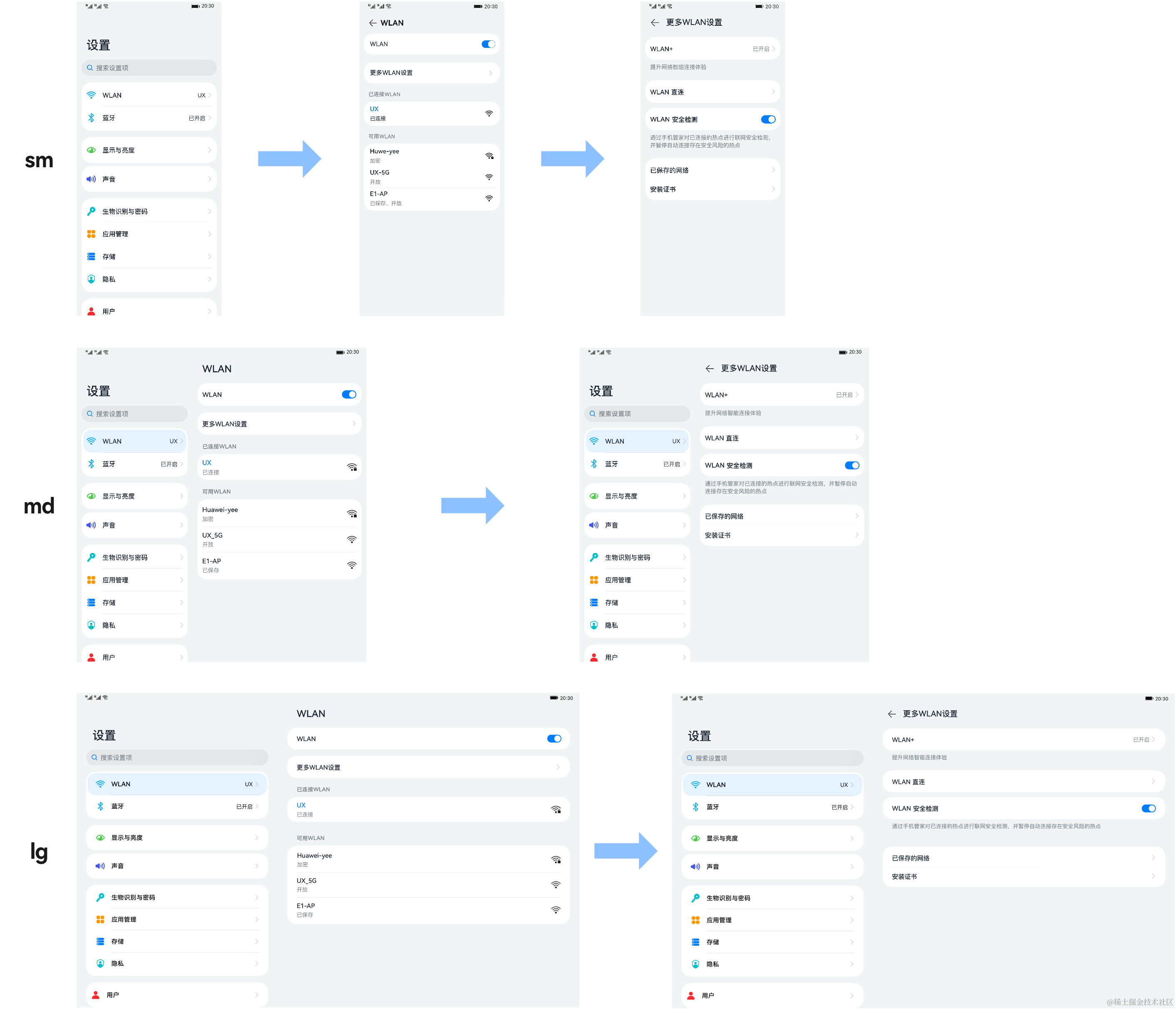
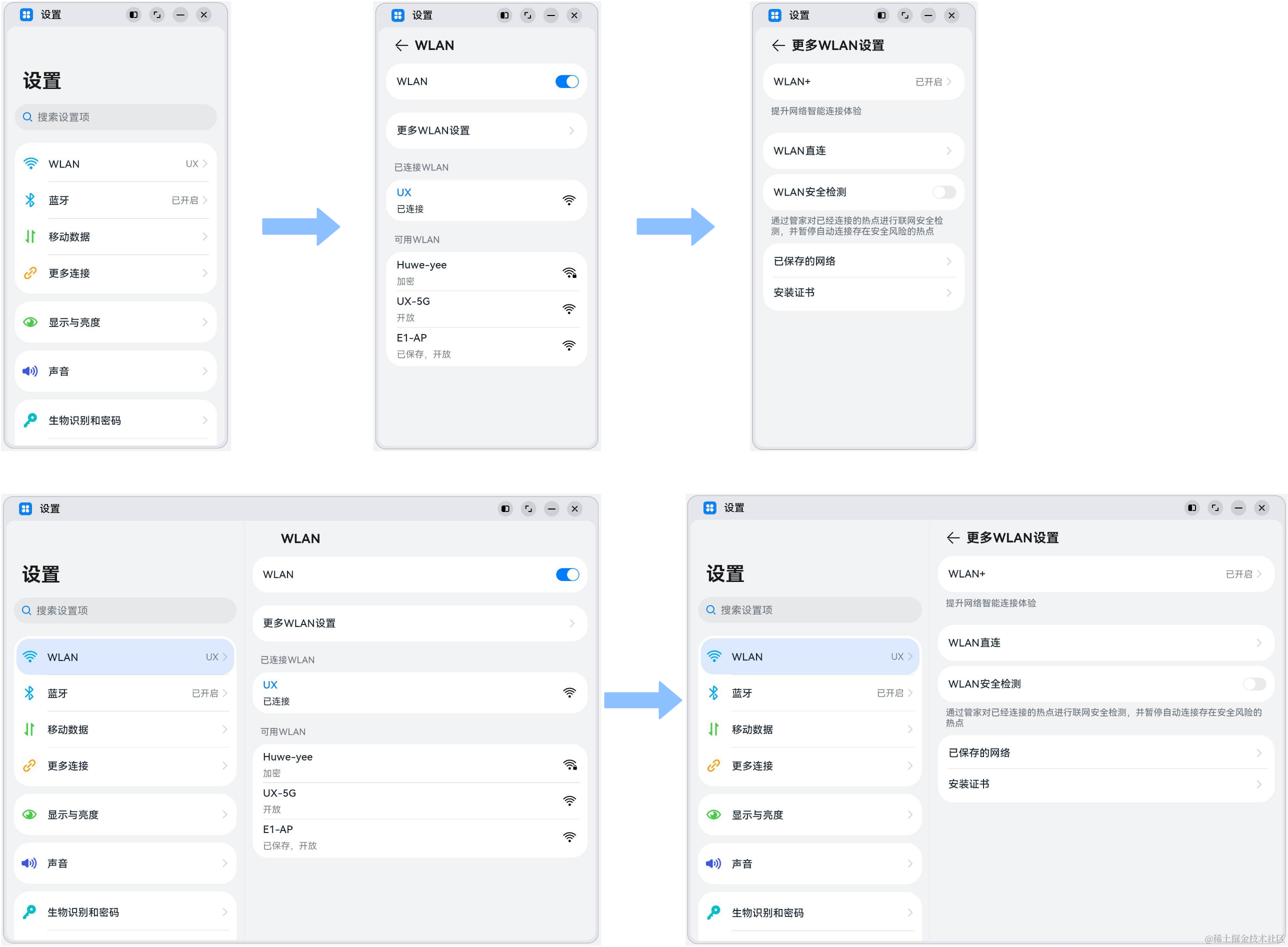
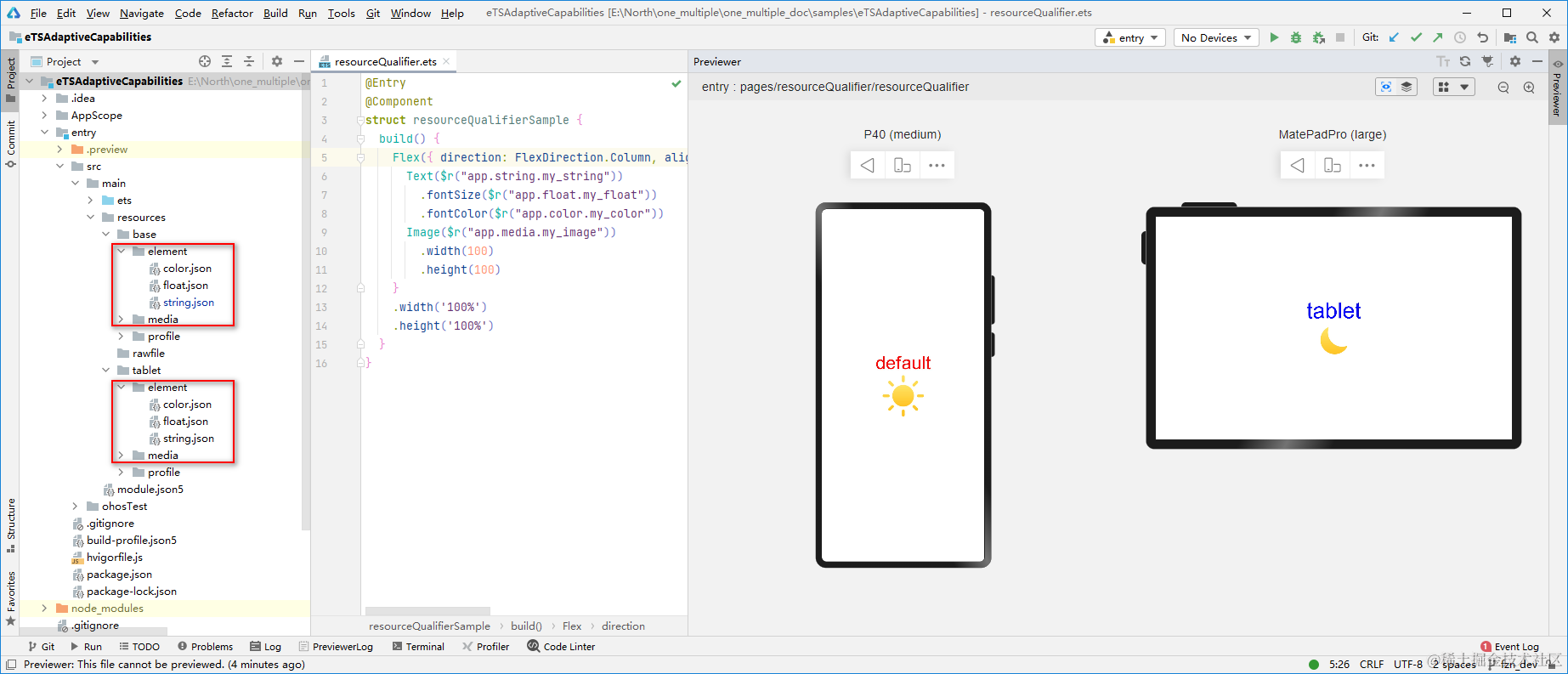
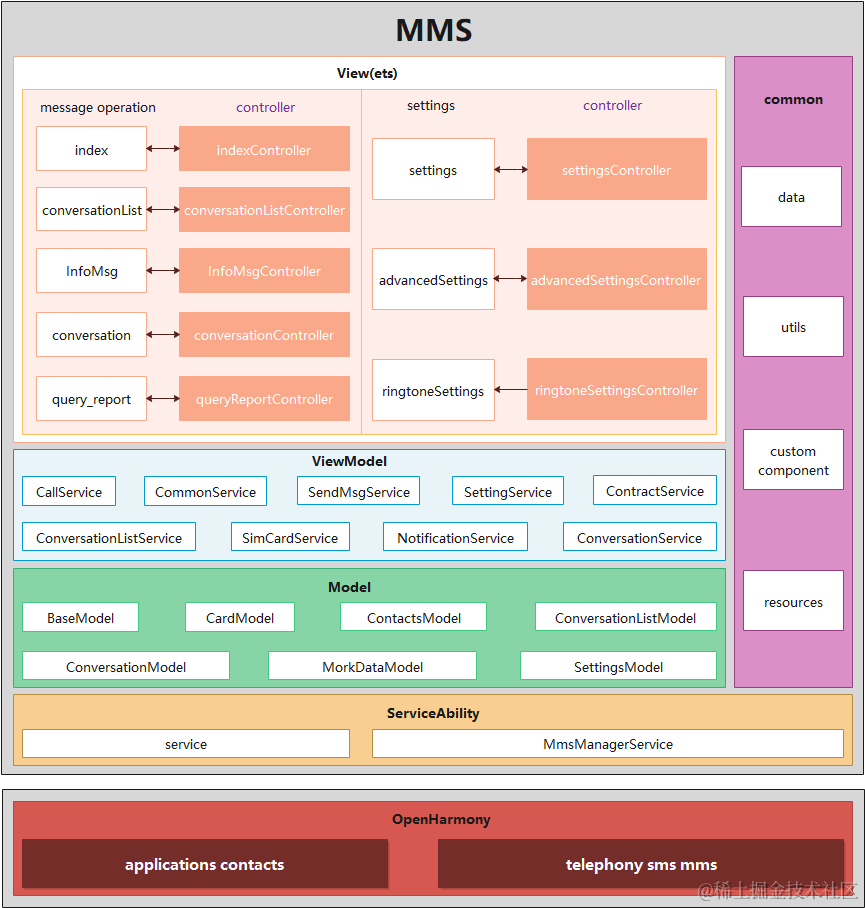
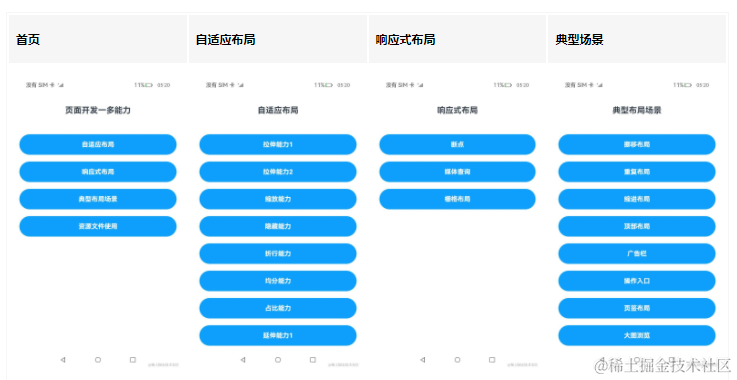
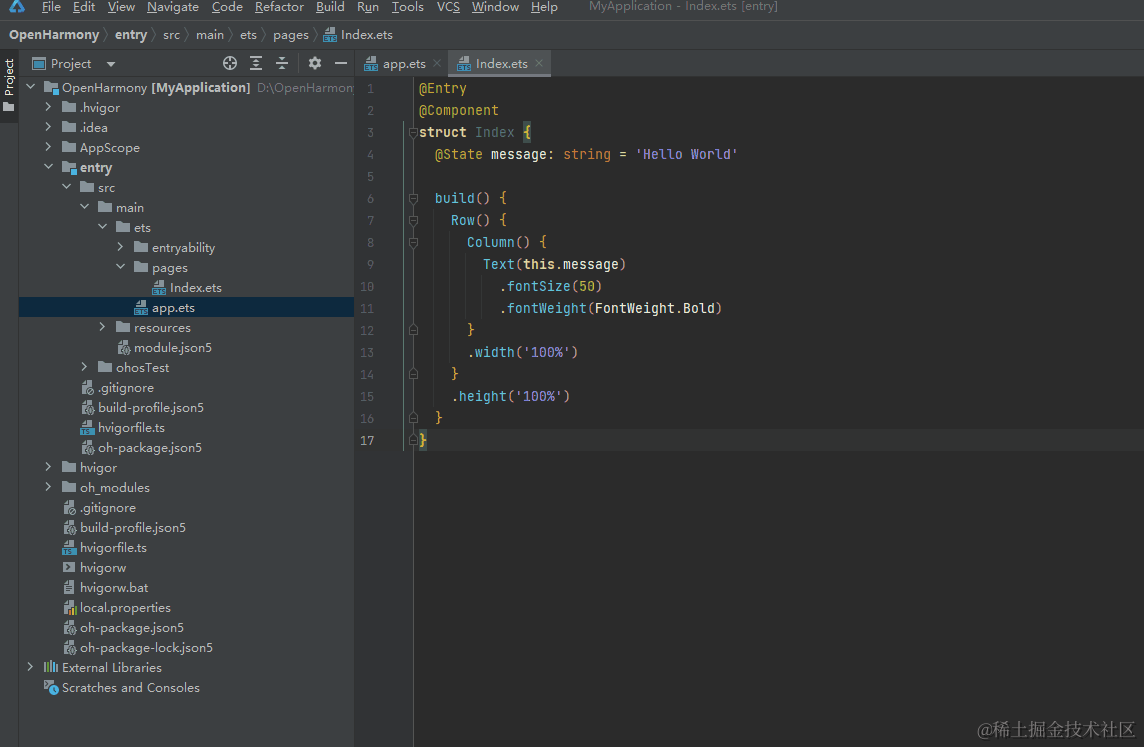










評論